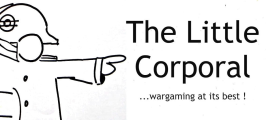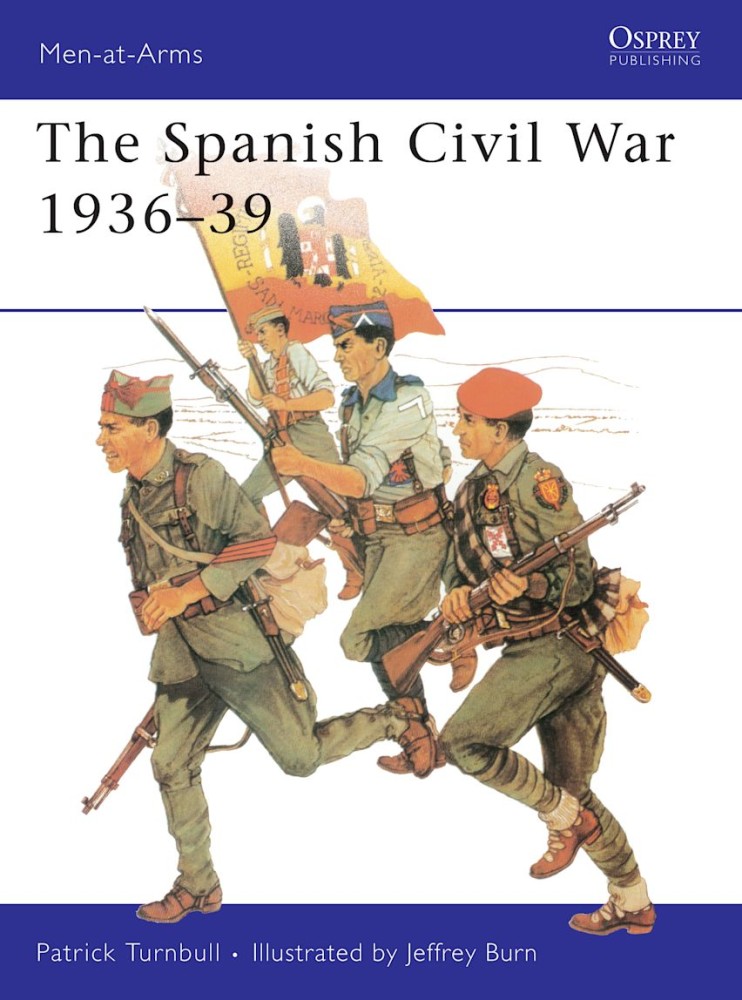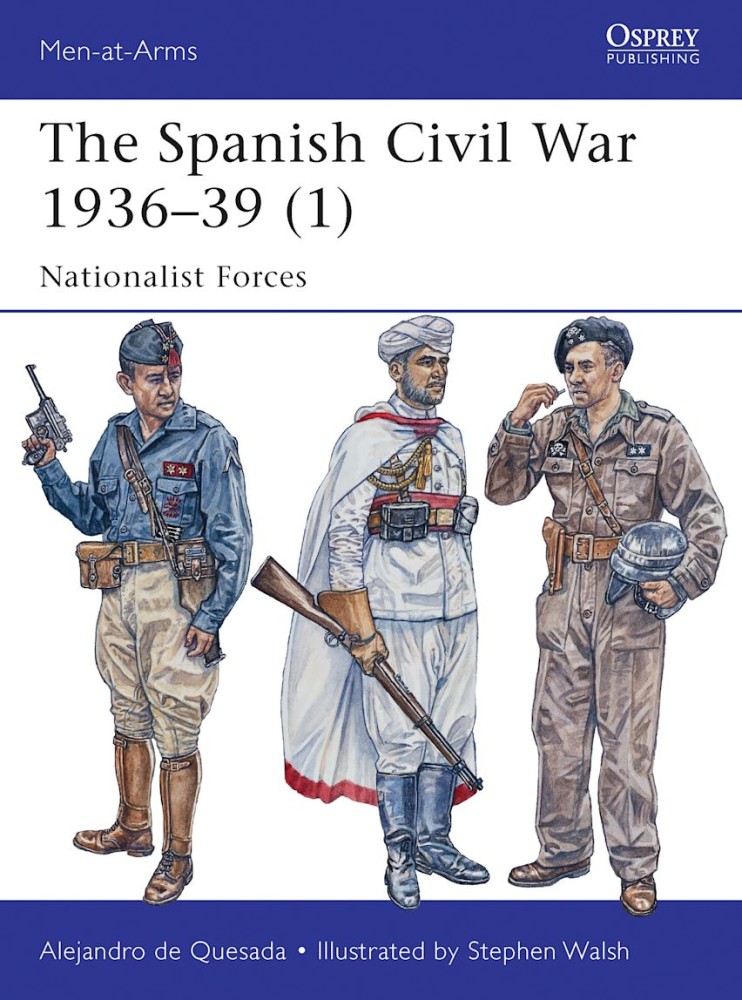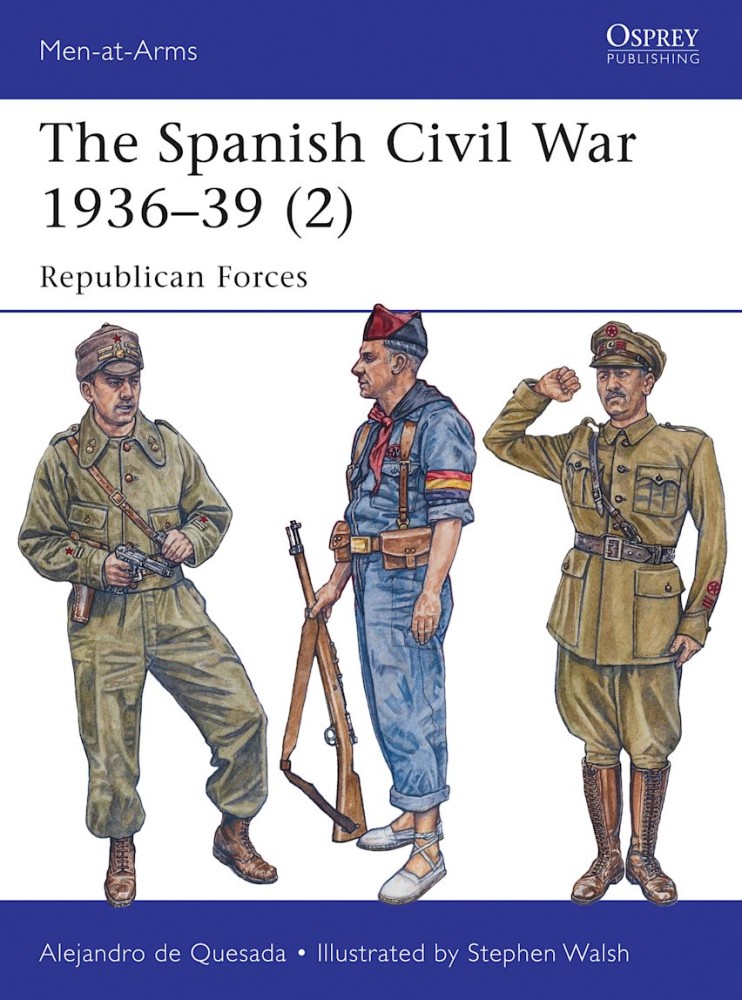By the spring of 1936 an armed clash was imminent between the forces of Spain's extreme Left and extreme Right. Viewed largely as a confrontation between democracy and fascism, the resulting civil war proved to be of enormous international significance. Nazi Germany and Fascist Italy intervened to assist General Franco, while the Soviet Union came to the aid of the Republican forces. This book explains the background to the war and charts the course of the nearly three-year long conflict through to General Franco's victory. Photographs and colour plates illustrate the uniforms and equipment of the Republican and Nationalist armies.
The Spanish Civil War, 1936–39, was the curtain-raiser to World War II, and the major international event of the 1930s. It was the first great clash of 20th-century ideologies, between the rebel Nationalist army led by General Franco (right-wing, and aided by Nazi Germany and Fascist Italy), and the Republican army of the government (left-wing, and aided by the Communist Soviet Union and many volunteers from liberal democracies). Three years of widespread campaigns involved the most modern weapons available. The war was fought ruthlessly by both sides, and when the Nationalists secured victory they installed a dictatorship that lasted until November 1975 – the last such regime in Western Europe. Featuring specially commissioned full-color artwork, this first part of a two-part study depicts the fighting men of the Nationalist forces that strove to take control of Spain alongside their German and Italian allies.
The Spanish Civil War was the curtainraiser to World War II and involved a complex collection of forces, particularly on the Republican side. This title illustrates how diverse the Republican forces were, drawn from loyal elements of the Spanish army that rejected the appeal of the rebel generals, a wide range of volunteer regional units and political militias, and supported by volunteers from many other countries, including Great Britain, France and Germany, in units known as the International Brigades. The wide range of equipment and uniforms worn by these troops is revealed, as is, the organization of militias into conventional brigades and divisions. Featuring specially commissioned full-colour artwork, this second part of a two-part study depicts the fighting men of the Republican forces and examples of their foreign comrades.



